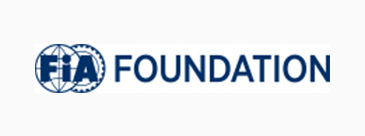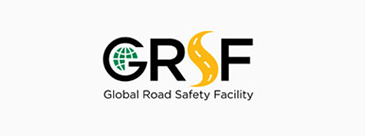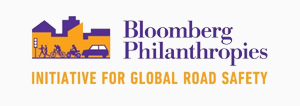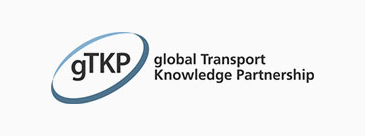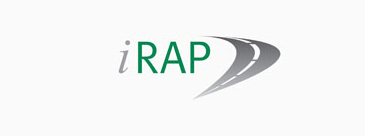





Delineation
Road markings are among the most cost-effective treatments to make roads safer. Delineation improvements have been shown to reduce head-on and run-off road crashes. Helps drivers to maintain a safe and consistent lateral vehicle position within the lane. Reduction in night time and low-visibility crashes. Reduction in pavement deterioration due to vehicles driving onto the shoulder.
In many countries linemarking is ignored (and physical barriers to crossing the centre line are needed). Poorly designed or located delineators can add to crash risk. Too many signs can confuse drivers. Road studs require a good quality road surface. Delineation needs to be consistent throughout an entire country. The retro-reflectivity of lines and signs is an important consideration for road use at night and in the wet. The effectiveness of line markings is dependent on the line width and its retroreflectivity.
Treatment Summary
10-25% |
Case Studies
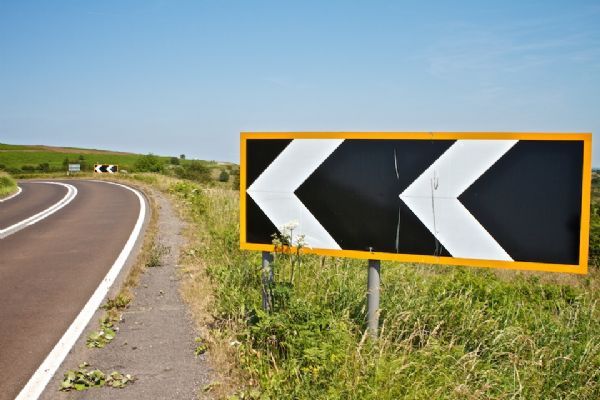
Chevron alignment markers provided to delineate curvature. Image credit: Unknown 
Advisory speed sign plus curve warning. Image credit: ARRB 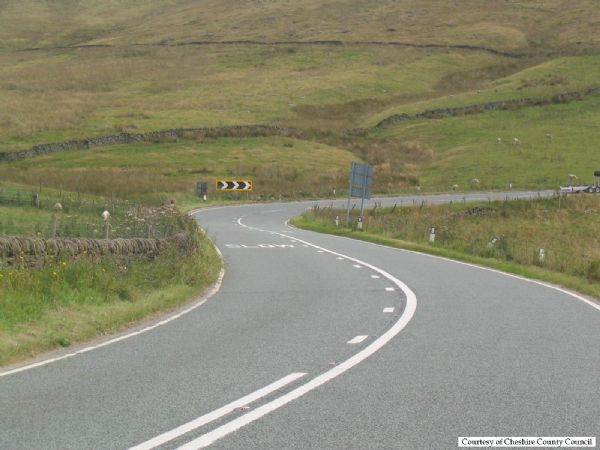
An example of good delineation with road markings and chevron sign. Image credit: Unknown 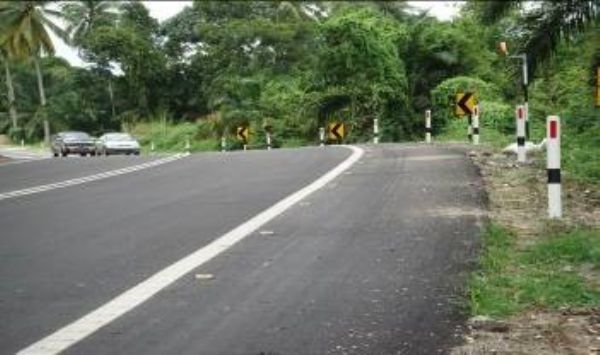
Chevron alignment markers (CAMs) and hazard markers improve delineation on the bend. Image credit JKR Malaysia 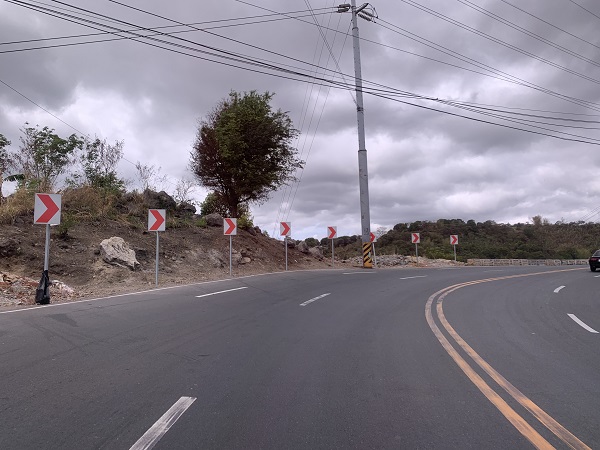
Curve on highway delineated with chevron signs - Philippines. Image credit: Alina Burlacu 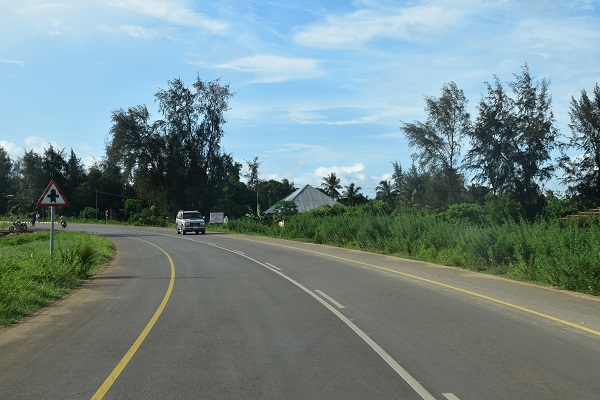
Curve on highway with poor quality curve delineation (Chevron signs /delineator posts are absent) - Tanzania. Image credit: Alina Burlacu 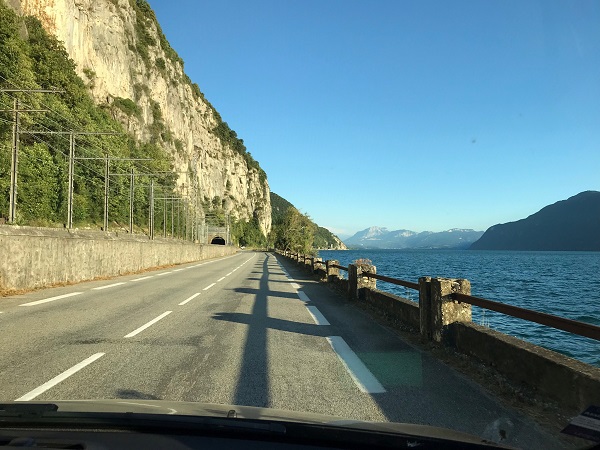
Delineation - France. Image credit: Unknown 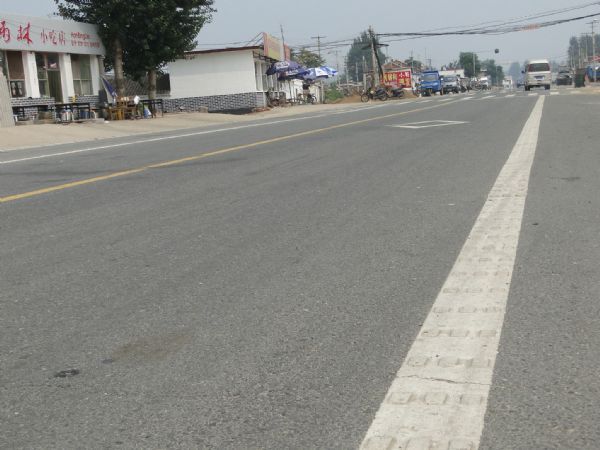
Shoulder rumble strip in China. Image credit: Greg Smith 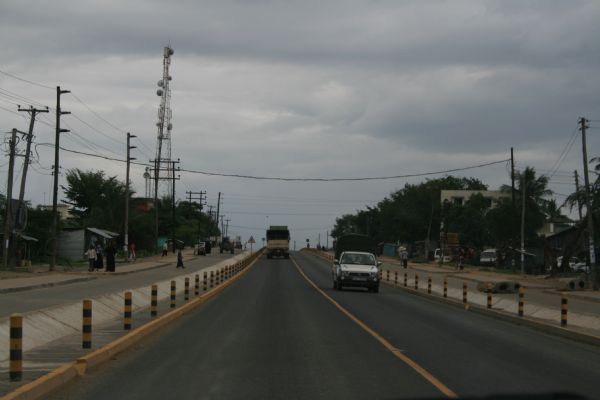
Flexible posts used to improve delineation in Kenya. Image credit: John Mumford 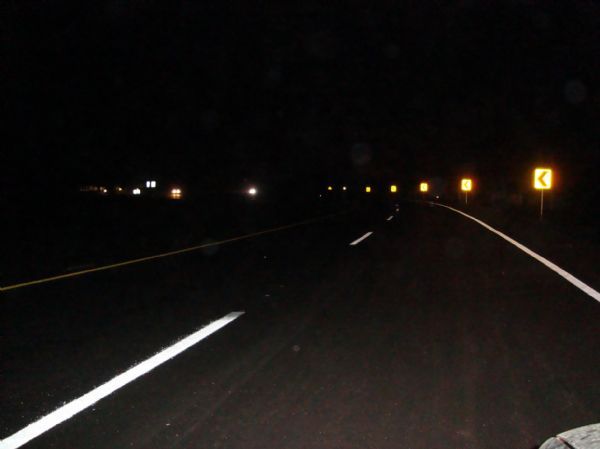
Good night-time visibility is provided by the road markings and chevron alignment markers (CAMs). Image credit: Greg Speier 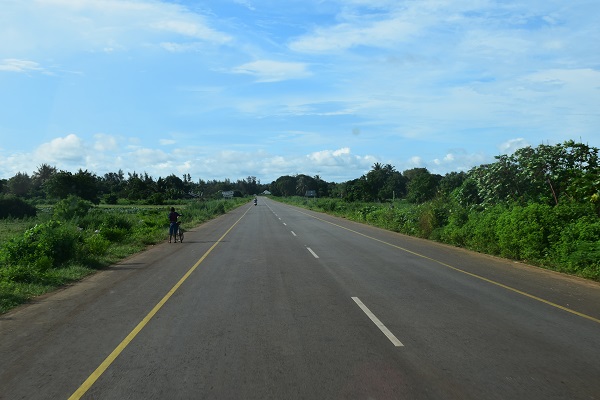
Highway with lanemarking and paved shoulders in Tanzania. Image credit: Alina Burlacu 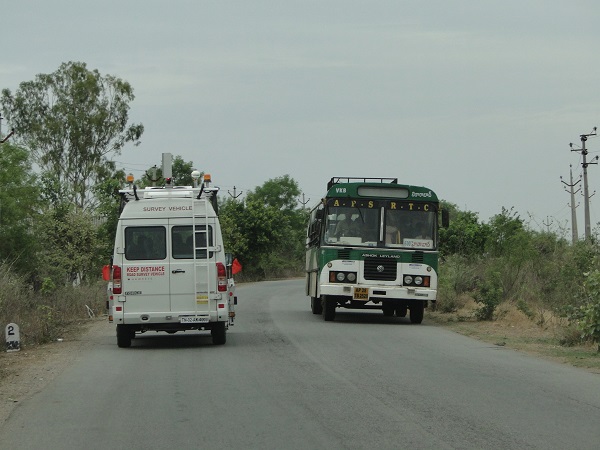
Single carriageway highway with poor lane marking - India. Image credit: iRAP 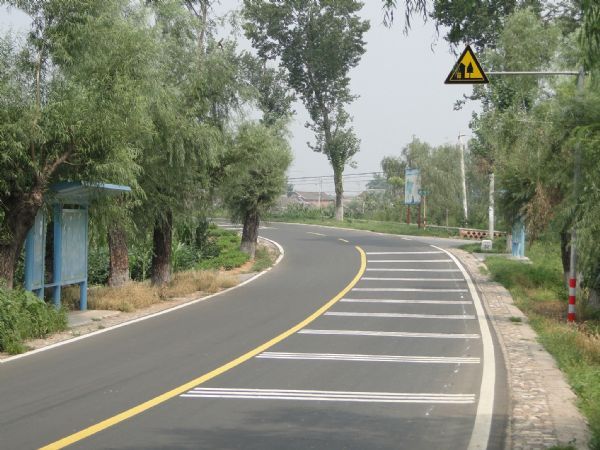
Lateral lines at the entrance to a curve, China. Image credit: iRAP 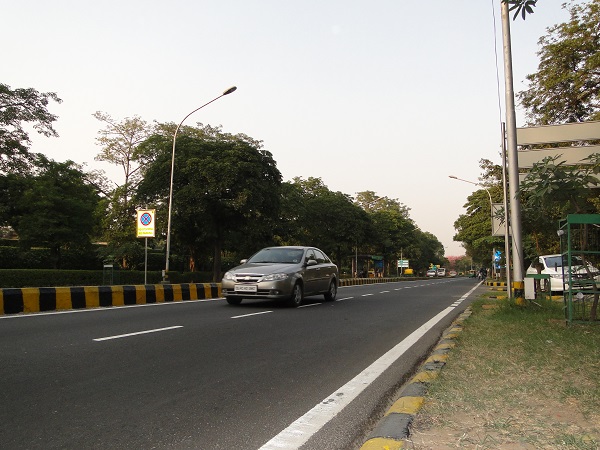
Urban road with adequate lanemarking in India. Image credit: iRAP 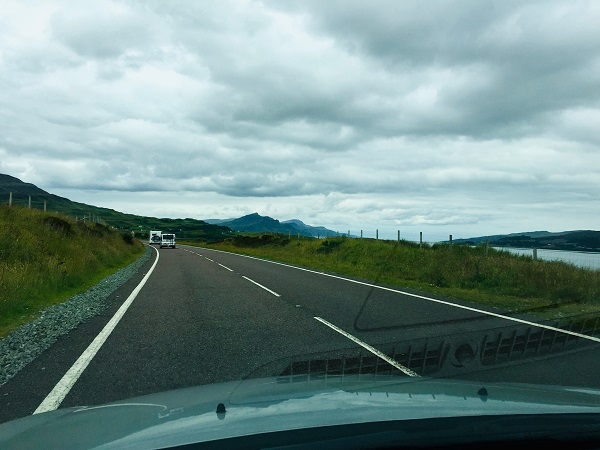
Linemarking in Scotland. Image credit: Unknown 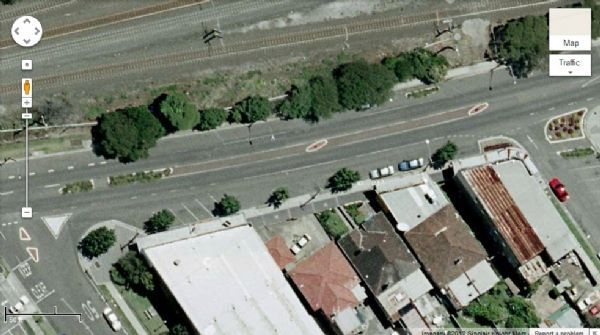
Pedestrian refuges, bicycle lanes, delineation and one-way road treatment. Image credit: Google Maps 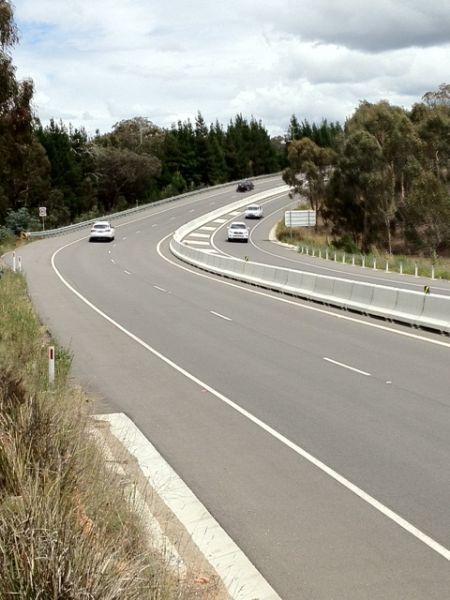
Roadside and median safety barriers on a curve in Australia. Image credit: Greg Smith 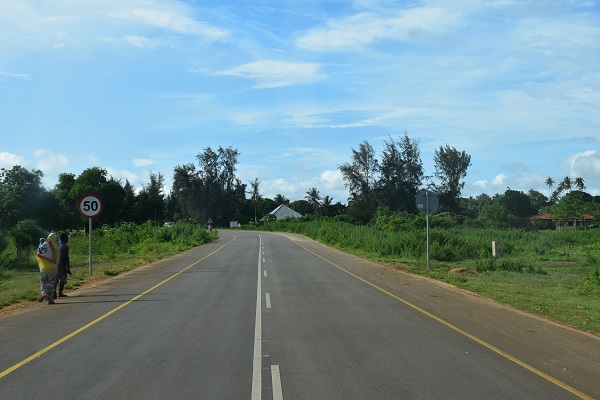
Speed limit sign in Tanzania. Image credit: Alina Burlacu 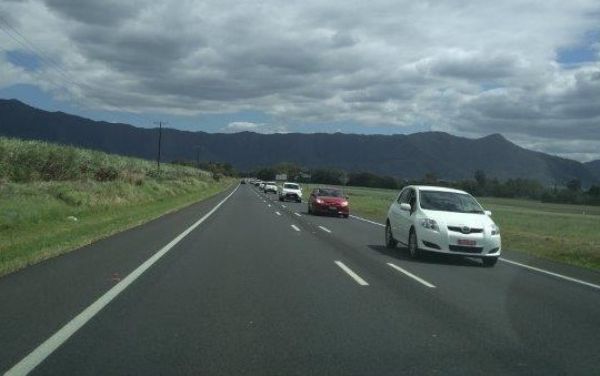
Wide center line treatment on undivided road in QLD, Australia. Image credit: Ken Thomason

